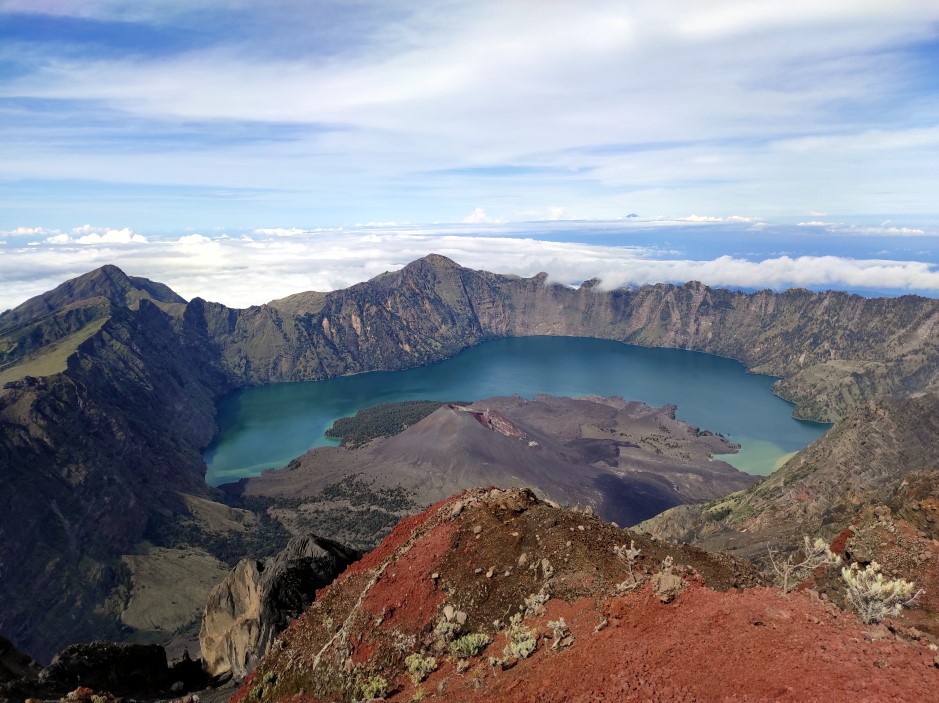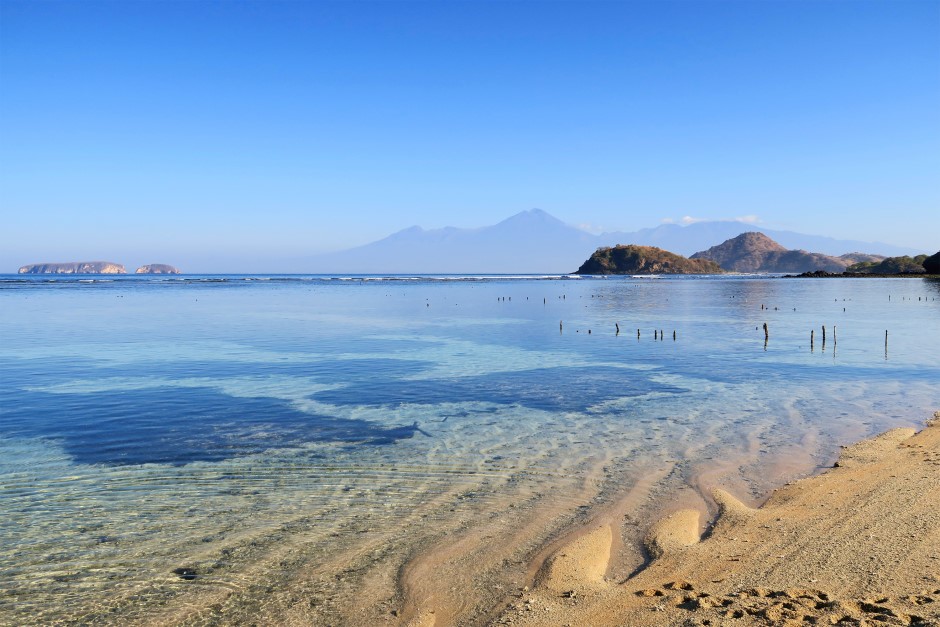-
Mount Tambora
Mount Tambora, also known as Gunung Tambora, is an active stratovolcano located on the island of Sumbawa in Indonesia. It is part of the Sunda Arc, a chain of volcanic islands formed by the subduction of the Indo-Australian Plate beneath the Eurasian Plate. The volcano is most famous for its massive eruption in 1815, which is considered one of the most powerful volcanic eruptions in recorded history. The 1815 eruption of Mount Tambora had a Volcanic Explosivity Index (VEI) of 7, making it a super-colossal eruption. The event released an estimated 160 cubic kilometers (38 cubic miles) of volcanic material into the atmosphere, causing global climatic effects. The following year,…
-
The History of Sumbawa Island
Sumbawa Island, located in the West Nusa Tenggara province of Indonesia, has a rich and varied history. Over the centuries, the island has experienced the influence of various regional and global powers, as well as significant geological events. This comprehensive history of Sumbawa Island will cover its early inhabitants, the rise of powerful sultanates, the impact of European colonialism, and its role in modern Indonesia. Prehistoric Era and Early Inhabitants Archaeological evidence suggests that Sumbawa Island has been inhabited since prehistoric times. Early human settlements on the island can be traced back to the Pleistocene epoch, approximately 2 million years ago. The island’s earliest inhabitants were hunter-gatherers who primarily relied…


